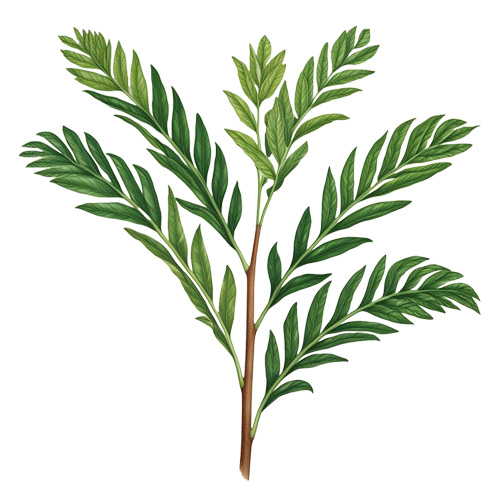

Kadipatta
Scientific Name:
Murraya koenigiiKadipatta thrives in well-drained, slightly acidic soil, with full sun to partial shade and regular watering. It attracts pollinators such as bees and butterflies, while its dense foliage provides shelter for small birds and insects. The aromatic leaves are commonly used as a flavoring agent in Indian and Southeast Asian cuisines.
iucn
- Least Concern
Origin
Native
Habitat
Tree
Flowering
Yes
Fruiting
Yes
Highlights:
-
 Edible
Edible
Similar Plants
Breadfruit
Artocarpus altilis
Areca Palm
Dypsis lutescens
Chandan
Santalum album
Bottle palm
Hyophorbe lagenicaulis


